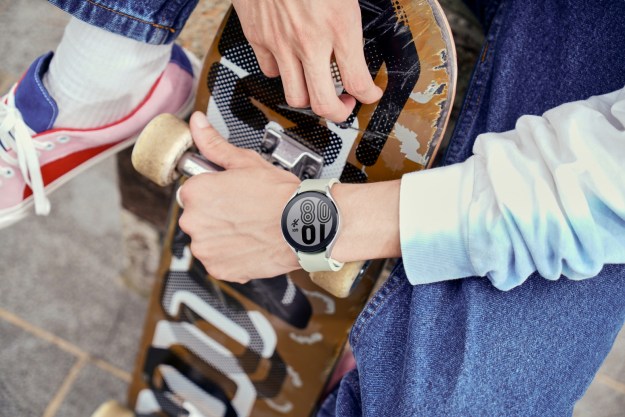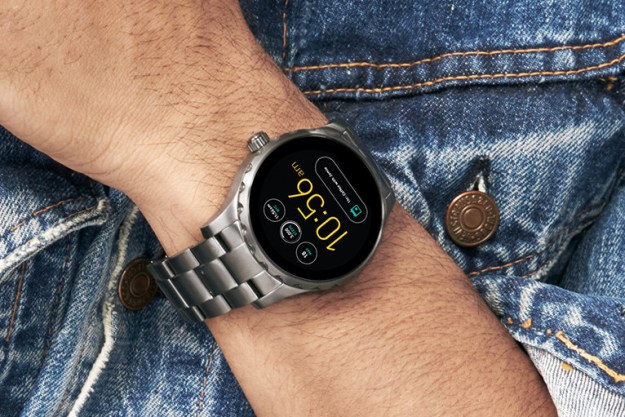Wearables are becoming increasingly ubiquitous. You can buy smart rings, wallets, watches — there’s seemingly something techie for everyone, including babies.
Neebo is a wearable for babies that sits on the wrist. The Czech-based company behind the egg-shaped device, Daatrics Ltd., says Neebo sends an “accurate data stream” from a baby to its parents via Bluetooth Low Energy. Neebo can help answer a variety of questions — “is my baby breathing,” or “is my baby too warm or cold,” and more — by measuring heart rate, oxygen saturation, thermal state, and sound in the baby’s environment.
Andrey Khayrullaev, founder and CEO of Daatrics, tells Digital Trends that Neebo’s measurements are within 1 percent accuracy of medical-grade systems, and he believes it’s because the wrist is the most accurate place to get useful data. The company’s goal is to eventually get the device approved by the U.S. Food and Drug Administration.
Neebo came to fruition because Khayrullaev, as a father, said he couldn’t find any good solutions that ensure peace of mind as a parent. Neebo packs an array of sensors to make sure parents, whether they’re at work or at home, don’t have to worry as much about their baby.
The key data Neebo tracks lets parents know their child is breathing thanks to the heart-rate monitor; keeps tabs on a child’s blood oxygen levels, which is helpful for checking for early signs of heart disease or respiratory problems; and monitors whether a baby is too cold or too warm. The device can also eavesdrop on the baby’s environment, in case parents want to check in on a nanny or babysitter. A separate audio monitor keeps parents aware of sounds from the baby — so you won’t hear sirens or car horns, just your baby.
The companion Neebo app recognizes these sounds from your baby and, thanks to artificial intelligence, will send an alert when there are any abnormal sounds in the vicinity. If Neebo recognizes a problem, from heart rate to unusual sounds, alerts will come straight to the parents via the Android or iOS app. There’s also a three-stage alert system that can trigger sounds on the wearable, the connected phone, and the charging station to make sure you’re covered in emergencies.
Neebo has a Bluetooth 4.0 and Wi-Fi sensor, and connects to a phone and the wireless charging station — whichever is closer. Data is synced in the cloud via the charging station, which is how parents can monitor their baby when they’re away from home. You only need to charge Neebo for an hour for it to be fully juiced up, and the company says it can last up to a week with active use, or 20 days if only used at night.
The wearable is nearly the size of a penny and is BPA-free. Khayrullaev says it’s made of medical-grade plastic, and the silicon band doesn’t use any paint. If you’re worried about radiation from all the tech inside Neebo, Daatrics says its algorithms prevents the device from “emitting high or chronic electromagnetic radiation.”
The device’s internals are encapsulated, have circuit breakers, and there’s also a child-proof clasp on the strap that makes sure Neebo doesn’t easily come off. It’s also has an IP67 waterproof rating — the same as the iPhone 7. The device should be able to stay under 1m of water for 30 minutes, which means it can easily handle a bubble bath.
The Owlet Baby Monitor seems to be Neebo’s biggest competitor — it’s a smart sock that offers wireless charging, oxygen and heart-rate monitoring, and alarms from the base station and a connected phone. Owlet’s solution costs $250, which is $50 more than the Neebo.
Neebo comes in green, blue, pink, grey, and yellow, and it’s available for pre-order now for a down payment of $49. You’ll be charged another $150 when it’s expected to ship in the second quarter of 2017. After that, the device will retail for $199.


